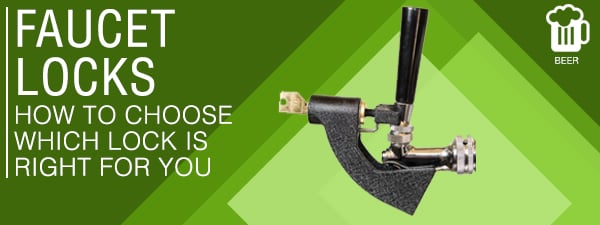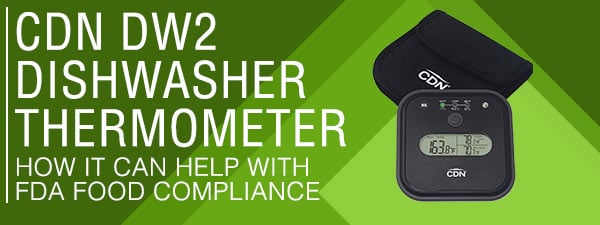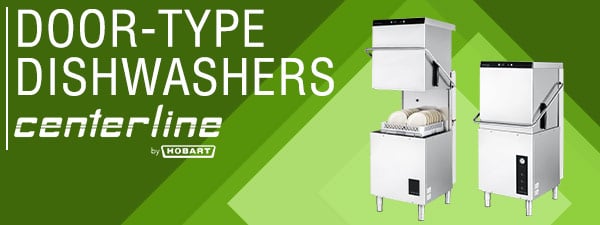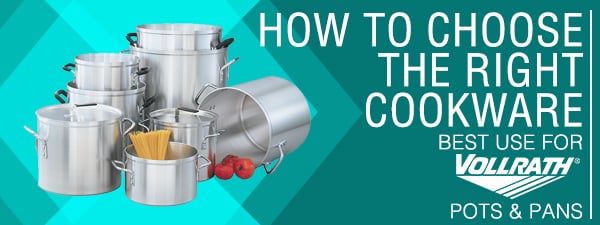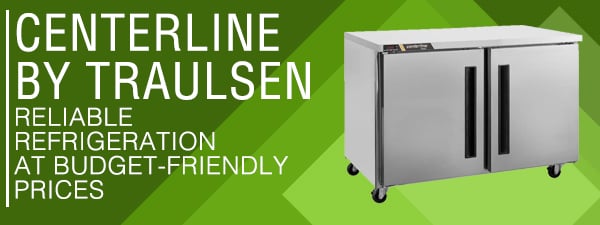Why You Must Have a FOB (Foam on Beer Detector) on your Long Draw Beer System & How to Maintain Your FOB
- Jul 19, 2016
- 0 Comments

Why You Must Have a FOB (Froth or Foam on Beer) Detector & How to Maintain Your FOB Detector
A FOB detector is designed to keep your lines filled with beer and only beer. The FOB detects an empty keg and shuts down the beer flow, which eliminates the foam you get from an empty keg. It also eliminates the need to refill lines with beer and purge air from the system. Without a FOB installed on your beer line, when your keg goes empty, your tap starts spitting and spraying foam. With a FOB installed, you will experience no foaming when your keg hits empty, and when you tap the new keg, your tap will immediately pour beer. No foam waste, no serving down time for your customers, and none of the extra labor costs involved when an employee has to spend time cleaning up the cooler where a blown empty keg has made a mess.
Perhaps more important than the efficiency is the beer savings cost provided by installing Foam on Beer Detectors on your long draw runs. Depending on the length of your beer lines, without a FOB installed on your long draw beer system lines, each keg change can waste up to 64 ounces of beer as you end one keg and start a new one. That's every single time you change a keg. With a FOB detector, beer loss through foam is almost completely negated. A FOB detector pays for itself almost immediately.The chart below illustrates beer loss reduction with FOB detectors installed, based on the length of draw of the beer system being considered.

How does a FOB Detector work?
The beer that flows through the beer line and FOB lifts a float ball to the top of the froth on beer detector chamber. As your keg starts to empty and the beer flow is lighter, the float ball drops inside the chamber. This leads to a seal immediately being placed on the FOB outlet port, eliminating loss of beer by cutting off the flow into the beer line when the keg empties.
Rapids FOB Detector model DFC9500-FM and FOB Model DFC9500-MM are designed to stop beer flow at both the keg and the tap immediately when a keg goes empty. With either of these foam on beer detectors you will immediately get beer, not foam, when you tap a new keg. The only difference between the two is that Rapids DFC9500-MM is a wall mount model.Cleaning and Maintenance of Beer FOBs
FOBs must be maintained and cleaned on a regular basis, the same way beer lines are.The Brewers Association suggests that every three months the FOB detector should be disassembled and detailed using a beer line cleaner .
While a beer line cleaner is excellent for taking care of all of the organic waste buildup in your FOB, it is not effective at removing any minerals that may have accumulated. Instead, you will also want to use acid beer line cleaner during the cleaning process. Because this cleaner is more acidic, it can easily eradicate beer stones and mineral deposits.
If you have a company cleaning your beer lines, make certain they are cleaning both lines and FOBs on cleaning day. The quality and taste of your beer is as dependent on clean froth on beer detectors as it is on clean beer lines.How to Clean and Maintain your FOBs (Foam on Beer Detectors)
- Switch off keg gas.
- Connect to cleaning socket and put FOB into cleaning mode.
- Turn on cleaning gas.
- Bleed FOB into a container until it is water.
- Fill FOB with solution. If the float drops, re-vent.
- When clean, vent back to water.
- Switch off cleaning gas and return to dispense mode.
- Bleed FOB back to beer.





